
Me and the tribe leader
Jambo rafikis! That’s Swahili for ‘hello friends.’
When I was 17, I spent 5 weeks in Tanzania. I traveled with The Experiment in International Living (EIL). This global nonprofit specializes in experiential learning, which is learning through experiences (as opposed to learning exclusively in a classroom). EIL has been connecting students with host families abroad since 1932. Learn more about The Experiment here.
Visiting Tanzania was a life-changing experience for me, and I cherish many memories from this trip. For a week, my group and I lived with a Maasai tribe in Engikaret Village. The Maasai are self-sustaining nomadic tribes so we were out in the bush and completely off the grid. We completed a community service project, learned how to make traditional Maasai jewelry, and witnessed a goat sacrifice!
Community service
My group and I built a nomadic home called a boma using mud, sticks, and dung.

Building a boma

A finished boma
Maasai jewelry
The Maasai make their own jewelry by stringing small beads together to form intricate patterns. They make necklaces, bracelets, earrings, and rings. It is customary to give jewelry to newlyweds and visitors. When I first arrived in the village, my host mother gave me a handmade bracelet and taught me how to make jewelry. Most Maasai women are well-adorned with the colorful beaded jewelry.
Religion
Goats are the primary source of nourishment for the Maasai tribe. The Maasai eat every morsel of goat meat and even drink the blood. The goat’s bones are used to make tools or jewelry. Nothing goes to waste. The only body part that cannot be used are the goat’s eyeballs, which aren’t edible.
On special occasions, a goat is sacrificed to a higher power. This is called orpul. The sacrifice is very humane and performed so that the goat feels as little pain as possible.

Learning how to milk a goat
Clothing
Maasai men wear robes and sandals. Most carry a walking stick. Maasai women wear loose-fitting ankle-length dresses and adorn themselves with their handmade beaded jewelry.

Sitoti, on the right, sporting traditional Maasai robes
Hygiene
There are no toothbrushes for sale in the desert. The Maasai tribes make their own toothpicks to floss and clean their teeth. Water is scarce in the desert and is reserved for drinking. Using water to brush one’s teeth would be considered a waste of resources. (We brought gallons of water with us into the desert to bathe and brush our teeth, but some people opted out of using it to really immerse themselves in the experience).
Animals
Most Maasai tribes care for goats and drink goat milk. During my time in the village, I saw many goats and giraffes strutting through the savanna. At night, I heard coyotes and hyenas howling.
Maasai tribes build stick fences around their bomas to keep animals away. During the day, they leave a small gap in the fence to use as a doorway. At night, a member of the tribe fills in the gap to ensure that no animals can get into the bomas and harm us.
While walking in the desert one day, I found bones, teeth, vertebra, and even a skull picked completely clean! This leads me to believe that there were far more animals in the area than the ones I had seen.

Sitoti holding up an animal skull
Gender roles
Boys – Maasai boys are circumcised in public in their early teens. As you can imagine, this is extremely painful. The ceremony is a rite of passage that transforms them from boys into Maasai warriors. If they flinch or scream while tolerating this excruciating pain, it is considered a sign of weakness and they could be shunned and forced to leave the tribe forever.
Girls – Maasai girls are married off at a young age, typically in their early teens. All brides are expected to be virgins. After consummating their marriage, newlywed couples must display their bedsheet with a blood stain on it outside their boma. Girls who do not bleed when losing their virginity can be banned from the tribe for life, despite the fact that not all women bleed their first time having intercourse.
Polygamy – Maasai tribes are polygamist and most warriors have multiple wives. Typically, the wives are friendly with each other, and they work together to rear their children.
Menstruation – Maasai women are expected to leave the village while they are menstruating. They must go to a remote hut and endure menstrual cramps alone without Advil or feminine hygiene products.
Who gets to be a warrior? – Historically, Maasai warriors have been exclusively men, but some Maasai women are fighting for the right to become warriors.

Sunset over the savanna
The Big Picture
I enjoyed my time with the Maasai tribe in Engikaret village. The Maasai taught me how few material possessions you need, and I learned to appreciate a slower pace of life. While I’m thankful for electricity and running water, it was empowering to learn that I can survive and be happy without these first world luxuries (for a limited time).
My personal opinions on gender roles are very different from those established in Maasai culture, but I can still respect their unique way of life.
Do you have any questions about the Maasai? Comment below, and I will do my best to answer them! Asante sana (thank you) for reading!
– Travel Alli

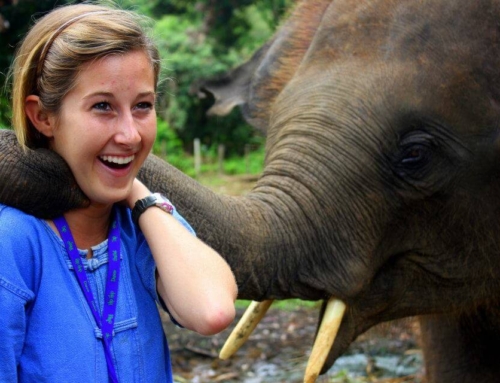
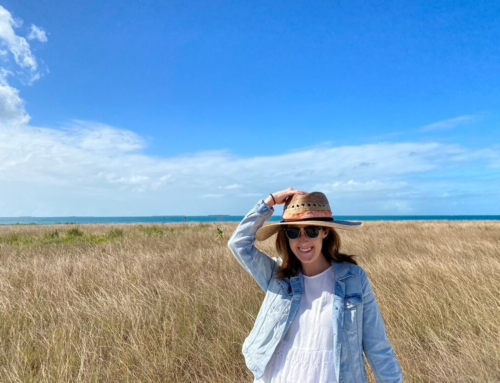
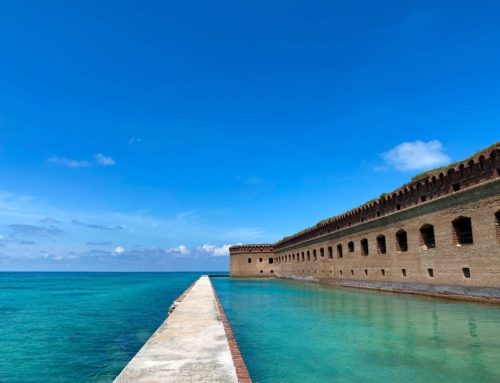
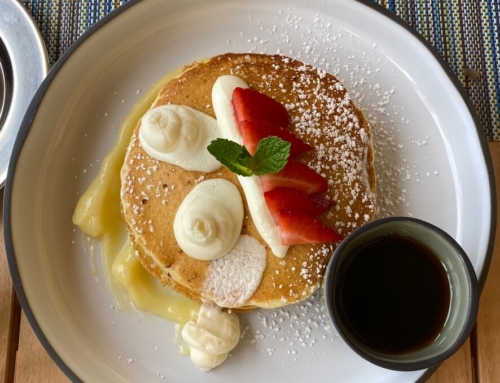
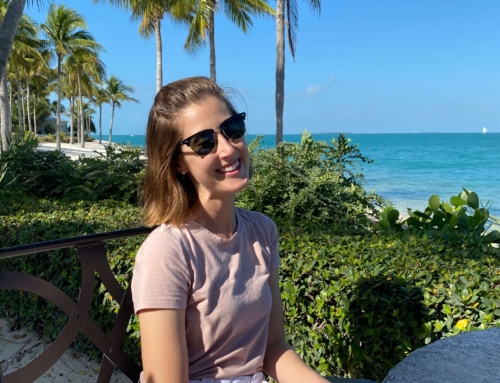
Wow, such a fantastic post and what an adventure! Living in
Tanzania looks and sounds like a life changing experience! Thanks for sharing and have a good day 😀 Aiva